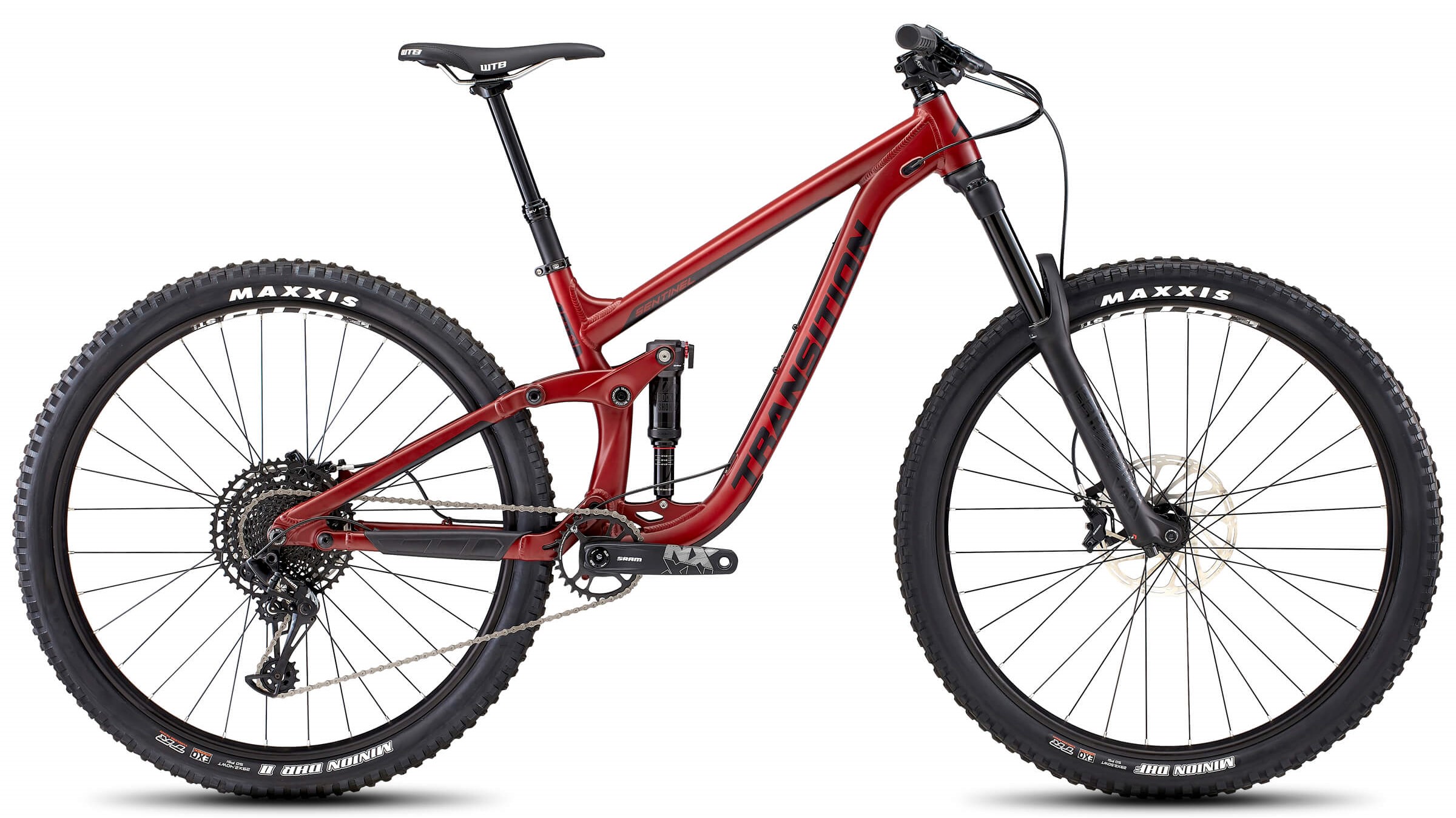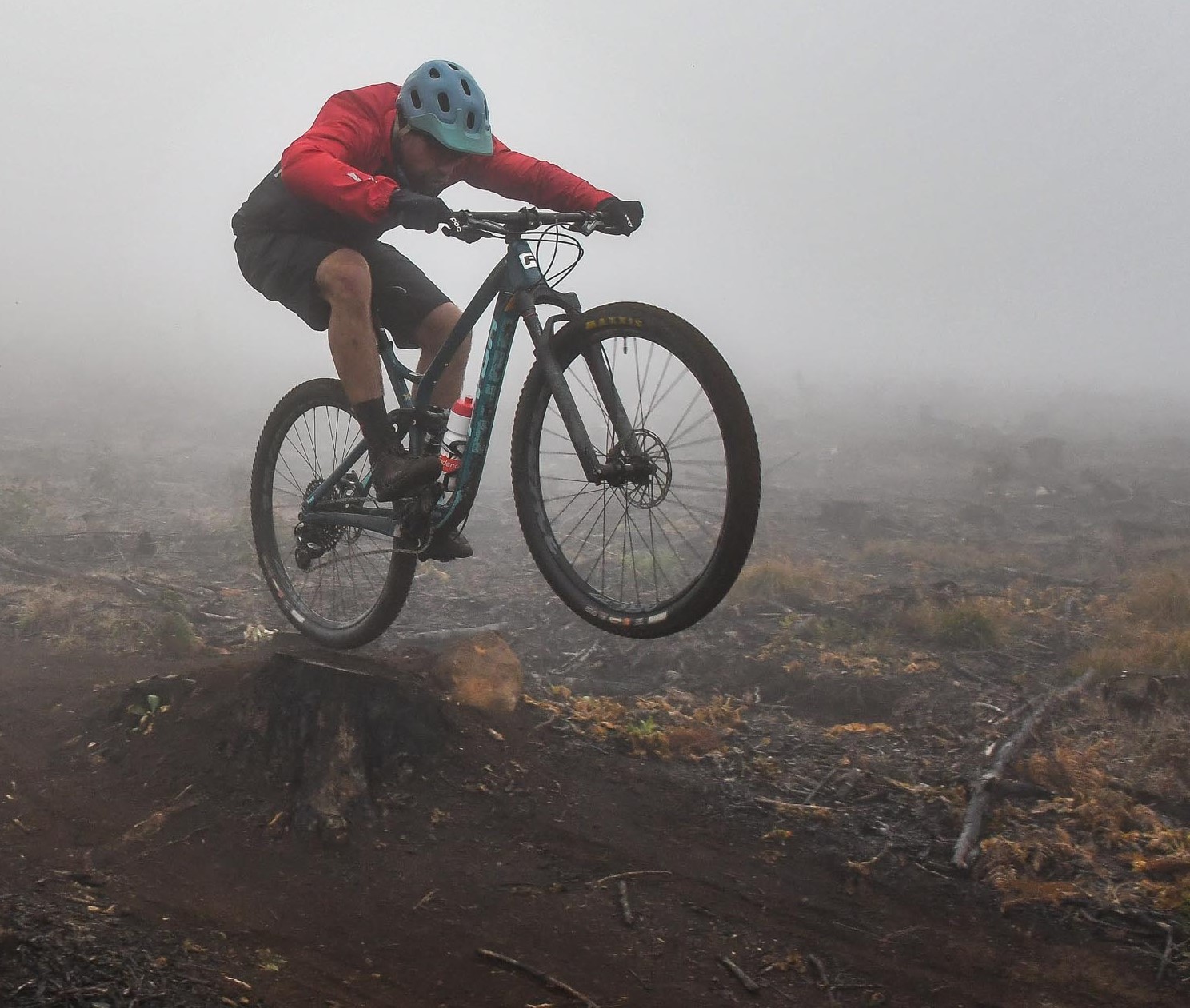Understanding fork offset and what it does
Fork offset is a small measurement that could make a very big difference to the way your mountain bike rides

Like many technical measurements in mountain biking, fork offset is a small value of millimetres which can make a big difference.
For years, fork offset was not an issue or topic of discussion but as the trends toward more progressive geometry started, there were unintended consequences.
To familiarise with the concept, fork offset refers to the distance between an imaginary line, which traces through a fork’s crown, and the actual axle position. Engineers had long standardised this but when wheel size started to grow beyond 26-inches, there was a realisation that fork offset - an oft-forgotten geometry detail – might be worthy of some reconsideration.
A chain of events set the mountain bike industry on its journey to rethink the importance of fork offset. Better tyres and suspension meant riders were challenging themselves on more technical trails. This created demand for slacker head angles, as more mountain bikers were riding steeper terrain.
Beyond the slacker head angles, mountain bikes also grew to have longer reach numbers to improve high-speed stability. As with all things related to geometry in mountain bike design, every action or input has an equal and opposite reaction.
Extreme geometry and climbing issues
With the progressive geometry trend of slacker and longer bikes, the result was slower steering responses, especially on flatter trails or whilst climbing. Single crown mountain bikes were trending towards downhill bike geometry but had the added burden of being required to climb, instead of only descend.
Slack head angles and longer frames work a treat when rolling down extreme Alpine trails, but on tight forest singletrack and on any switchback climb, the unresponsive steering risks becoming an annoyance.
Mountain bike designers who had championed the descending benefits of the slacker and longer geometry suddenly had a problem: they needed to cure the lazy steering of their bikes at slower speeds and ascending switchbacks.
Clever analysis and some engineering intuition recognised that a possible solution to sharpening-up steering, without altering frame geometry, could be done via fork offset.
Altering the fork geometry not the frame
Although there is very little distance to work with regarding fork offset, a few millimetres is hugely influential.
Standard fork offset for a 29er was always 51mm. Reducing that to 44mm brings the axle closer to that imaginary steering line we mentioned at the beginning. The result is a more immediate steering response, without compromising either the rider position or general stability benefits of a slack and long frame.
If a 44mm fork offset makes such an improvement to steering crispness of your mountain bike, why don’t all brands and mountain bike models of a similar wheel size use it by default? The answer is that on a mild geometry frame, which isn’t at or below 66-degrees of head angle, or especially long in terms of reach, the 44mm fork offset could make steering too quick.
The quest for shorter fork offsets was a way to manage steering issues created by a radical change in the head angle and reach numbers of enduro bikes.
Mountain bikes purposed for cross country racing and long-distance riding have steeper and shorter geometry numbers, which don’t require a reduced fork offset to quicken their steering. These bikes are inherently good climbers and have good low-speed balance, especially climbing through a series of switchbacks.
In response to the evidence that longer travel 29er enduro bikes benefit from the steering eagerness of a short fork offset, component suppliers have responded. Fox and RockShox both offer 29er forks with a 44mm offset option and smaller brands such as MRP will allow you to go down to 41mm.
Not all mountain bikes will benefit from a shorter offset fork and the industry is generally applying those few millimetres to appropriate models. But if you feel that your bike is a bit wayward and unstable on a switchback climb, experimenting with a shorter offset fork might be the cure.

Lance Branquinho is a Namibian-born journalist who graduated to mountain biking after injuries curtailed his trail running. He has a weakness for British steel hardtails, especially those which only run a single gear. As well as Bike Perfect, Lance has written for MBR.com, Off-Road.cc and Cycling News.
